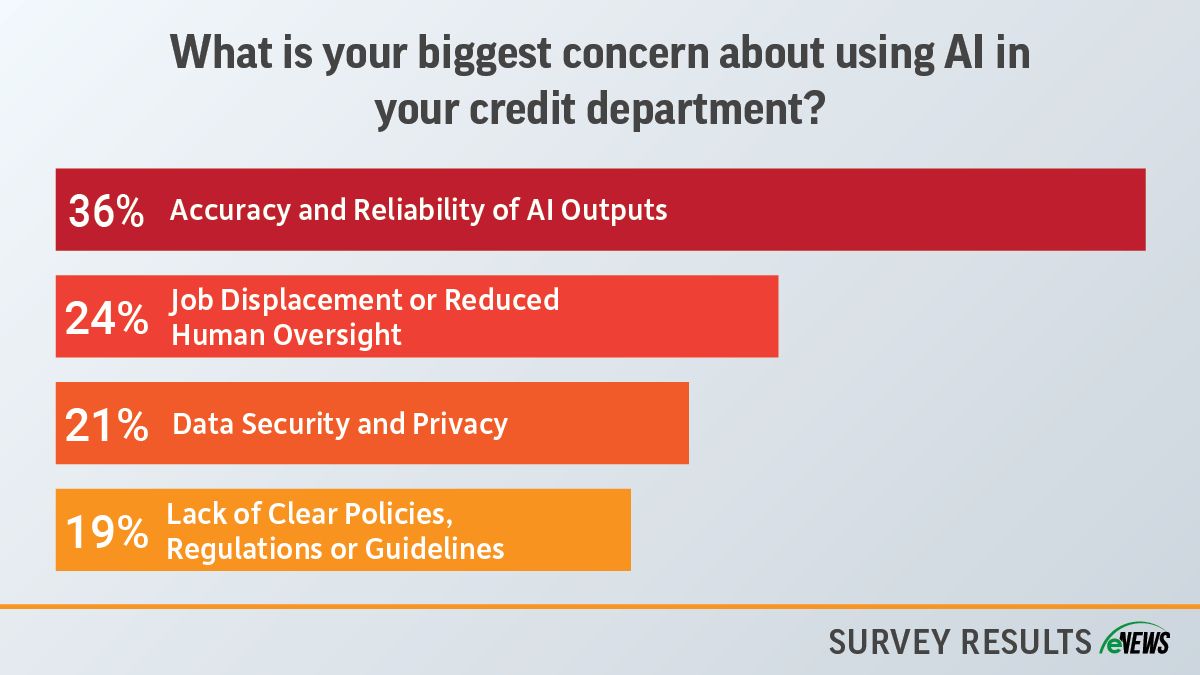Credit Managers’ Index (CMI), eNews
You Are an Economic Fortune Teller

Credit managers have a special skill that no other professional has—the ability to predict the future. But it’s not based on magic.
Credit professionals are involved in nearly every step of the order-to-cash process, which means they have a deep understanding of what is driving business and customer behavior. They are inherently forward-looking, as they are always concerned with the chances of getting paid in the future. It is up to the credit department to share this knowledge.
Since its inception in 2003, NACM’s Credit Managers’ Index (CMI) has been a leading indicator in the business cycle. The CMI, a monthly survey completed by credit and collections professionals in the U.S., sounded the alarm for the Great Recession before any other economic indicator. The results reflect the entire cycle of commercial business transactions, providing an accurate, predictive benchmarking tool. “The CMI data will help you make better credit decisions and adds to the greater knowledge database,” said Gary Juliano, CCE, credit manager at ATI Specialty Materials (Monroe, NC).
Here are three reasons why you should be taking five minutes each month to participate:
#1 Timely Economic Forecasting
The CMI provides monthly, real-time results that can indicate the state of the economy up to six months in advance. “The CMI started showing weakness in the four months before the COVID-19 pandemic was declared,” said NACM Economist Amy Crews Cutts, Ph.D., CBE. “Unlike GDP that is revised three times by quarter-end, the CMI results tell you what is changing each month. From a policymaker’s perspective or a business strategist’s perspective, knowing what is changing in real-time is so much stronger than waiting until it has passed.”
Amy Higgins, CBA, credit manager at Zak Designs, Inc. (Spokane, WA) has taken the CMI survey every month for the last few years to see economic trends month-over-month for her receivables. “I like to compare the CMI results of last month to the current month and look for any red flags in the economy,” she said.
Creditors can use the CMI results to make more informed credit decisions and validate their gut feelings. “We’re usually a month behind the rest of the industry so seeing how other companies are performing helps us know what to expect,” said Cathy Klein, controller at Crystal D (Saint Paul, MN), who has actively participated in the CMI for almost 20 years. “When I see CMI results saying sales or payments are starting to decline, I know we’re going into our slower season. That’s when we ramp up our collection calls to stay ahead of the curve.”
#2 Gain Credibility with Upper Management
For publicly traded companies, the CMI is helpful in indicating macroeconomic conditions, especially when presenting for investor days and earnings announcements. For privately held companies who may be speaking to investors, the CMI could be helpful in demonstrating their company’s performance or outlook through the CMI results. “Overall, I think that credit managers—more than any other person in the company besides the CEO—have the best view of what’s happening in their company and their industry,” Cutts said.
The CMI can be a valuable tool when building a report to present to the C-suite. It also signals to upper management that you can be relied on for information. “The executive team meets weekly, and I present the CMI results to them, so they have an idea of what is going on,” Klein said. “It opens a good discussion about what’s going on in the industry and figuring out strategies to use moving forward. It’s also a good way to compare what we’re seeing versus the entire industry. With my AR department, we use it a lot as a reminder that we might be hitting our slow season where we must ramp up our efforts.”
By participating in the CMI survey, NACM members can gain CCE certification points. “Prior to getting the opportunity to take it, I didn’t know it was out there,” Juliano said. “It wasn’t until I got my CCE certification through NACM that I started using it. Now, it’s a valuable source of information like a credit reference that tells you if a customer is likely to pay or not.”
#3 Add Value to the Credit Profession
The more participation in the CMI, the more accurate the economic forecast will be. By participating in the CMI survey, credit managers add value and credibility to the profession with information only they can provide. “The idea that they have a small impact in the economy in relation to their firm is simply not true,” Cutts said. “Each response can determine the strength of economic activity and complements other economic data used by economists and policymakers. The more participation we have, the stronger the results are that indicate where the economy is headed.”
The CMI does not take long to fill out and acts as a valuable source of information even if you’re not trying to make economic forecasts. “Even if you have no intention of getting your certifications or are just unsure, just try it,” said Higgins. “Accumulate the roadmap points in case you decide to go after a certification. It’s also just a consistent way to review your business and to reflect the economy.”
Participate in the CMI every month for the next 12 months and automatically be entered to win ONE of FOUR $250 gift cards in 2024. Sign up to receive monthly CMI survey participation alerts. For a complete breakdown of manufacturing and service sector data and graphics, view the September 2023 report. CMI archives also may be viewed on NACM’s website.





